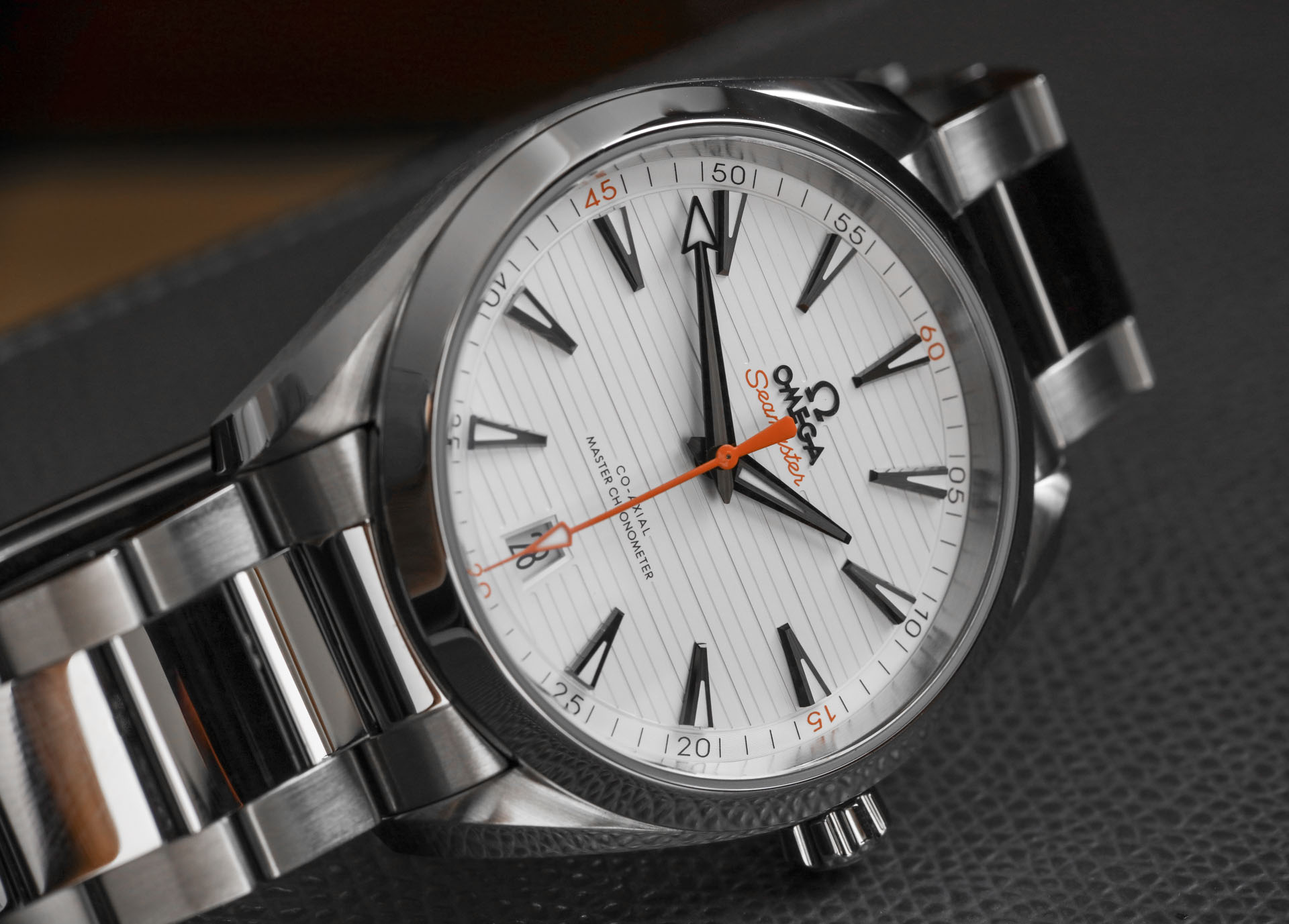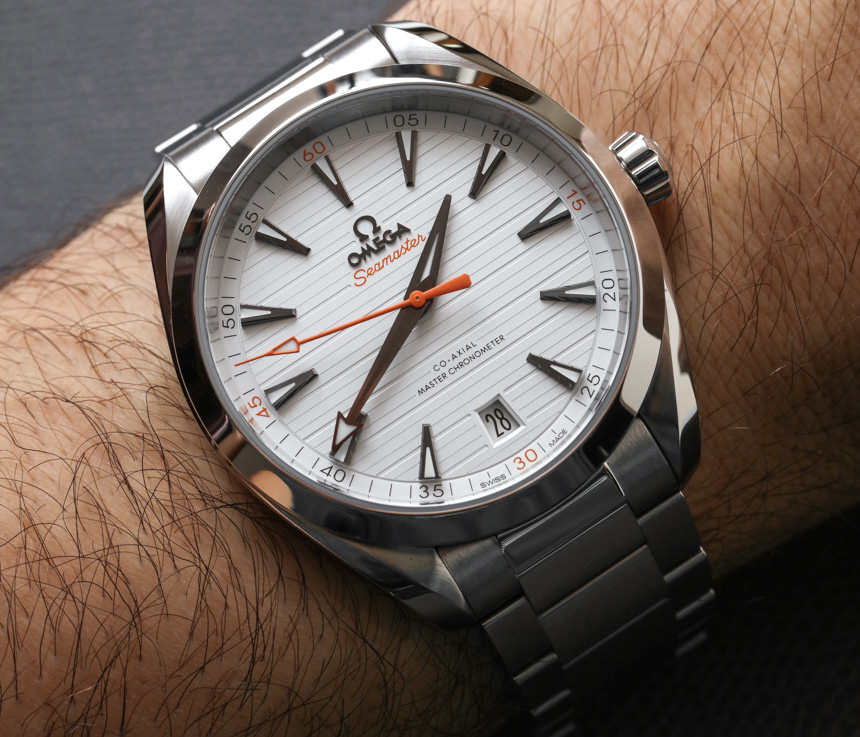
In 2017 Omega released a slew of new Seamaster Aqua Terra 150M watch models, which offered easy to miss, albeit important changes to the brand’s premier sports lifestyle dress watch. Sport-style dress watches are important in many markets such as the United States, where elegance as well as masculinity are key areas of interest for many consumers. The Aqua Terra isn’t just designed for the United States however, which makes the larger Omega Seamaster Aqua Terra 150M Co-Axial Master Chronometer watches very important global products for Omega. Let’s take a close look at just one of the many versions of the updated Aqua Terra timepieces in this aBlogtoWatch review.
While many people think of hardcore dive watches when they think of the Omega Seamaster collection, the more casually-themed Aqua Terra better represents the first Omega Seamaster watches (from 1948). At the time the Seamaster wasn’t a serious sport watch, but was rather a sportier dress watch that a “well to do father could wear while playing with his children and not worry about getting wear or experiencing some shock.” Thus, from the beginning the Seamaster was a luxury lifestyle item (with utility behind it of course), and not the serious diving instrument that versions of the Seamaster later evolved into.
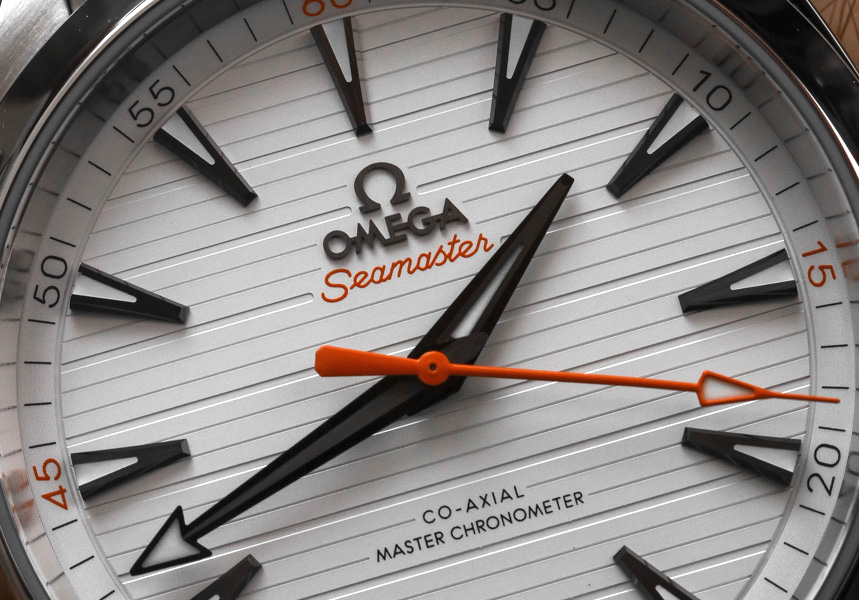
As a sportier timepiece (despite the dressier appearance), the Seamaster Aqua Terra will easily handle the majority of what a wearer could throw at it. 150m of water resistance easily allows for even recreational diving, and the chunky metal case is robust enough to put up with its share of abuse and wear. The dial also happens to be highly legible, with enough lume for a clear view in darker environments. In many regards, the Seamaster Aqua Terra is a very capable sport watch, though its intent is to be a status-symbol dress watch (or at the very least a fashion statement) at what are almost entry-level prices from the brand.
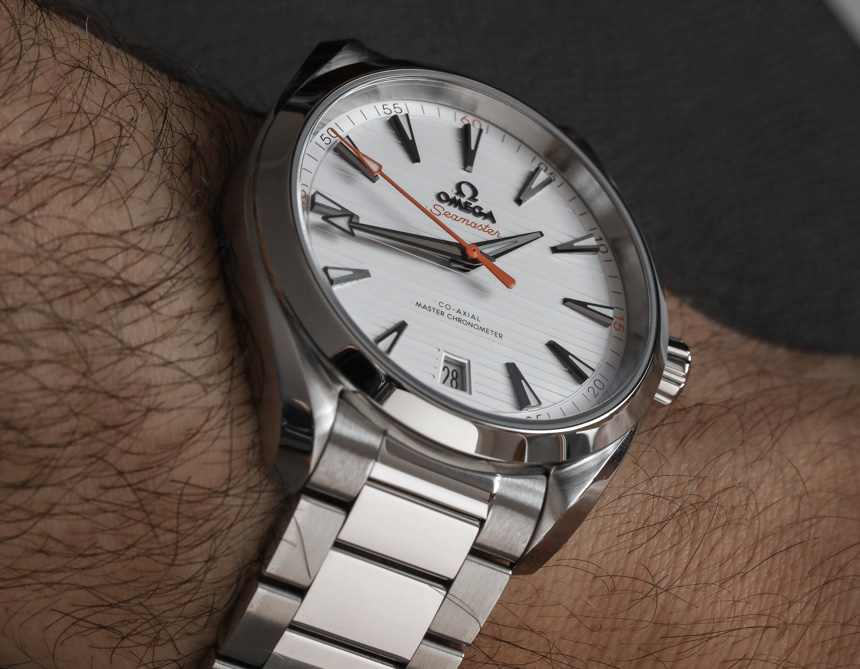
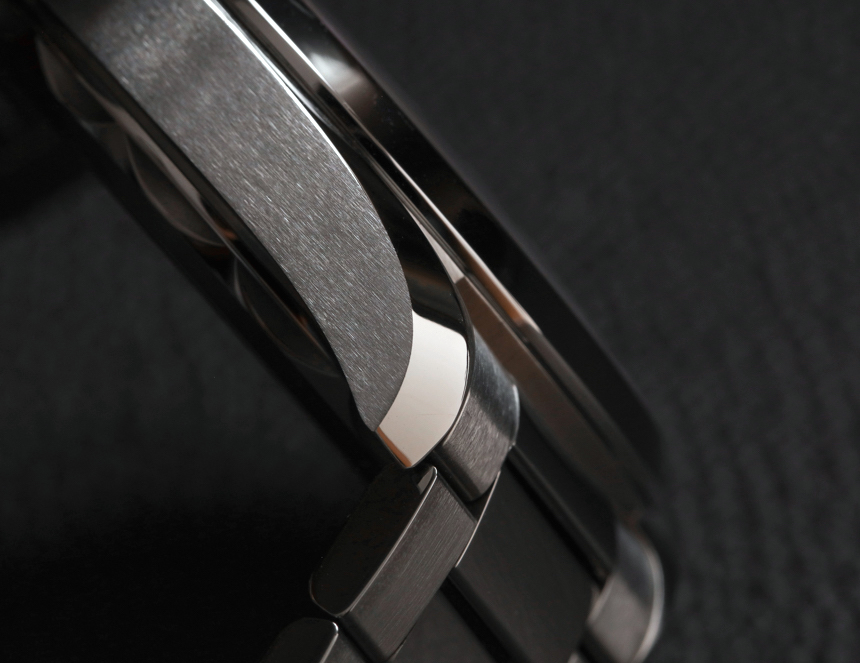
While many people admire Omega for Speedmaster chronographs and Planet Ocean divers, models such as the Aqua Terra (as well as the even dressier De Ville models) are those which Omega intends for the wrists of professionals needing a handsome timepiece for urban or business professional needs. It’s supposed to be just sporty enough to suggest an active lifestyle (or an appreciation thereof), but with an elegance which lends itself well to more formal attire.
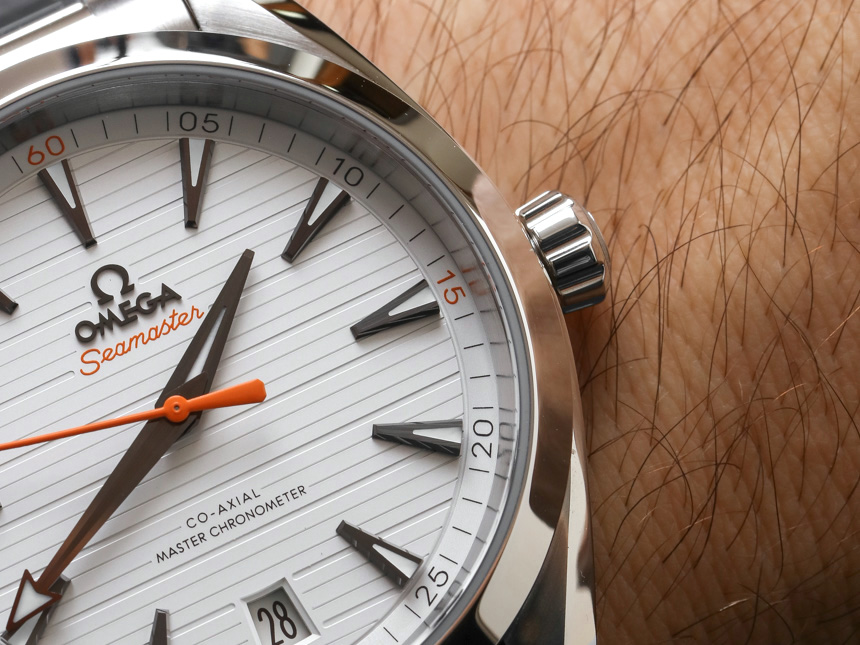
The funny thing is that Omega’s current marketing for the Aqua Terra sees its wearers (some of which are the brand’s celebrity ambassadors) on boats, traveling, and generally doing things one might not consider work, but rather leisure. This lends itself well to attractive visuals, but Omega’s point is more that people who wear Aqua Terra watches regularly reward themselves for working hard – and this makes the Aqua Terra a timepiece for hard working professionals (all over the world).
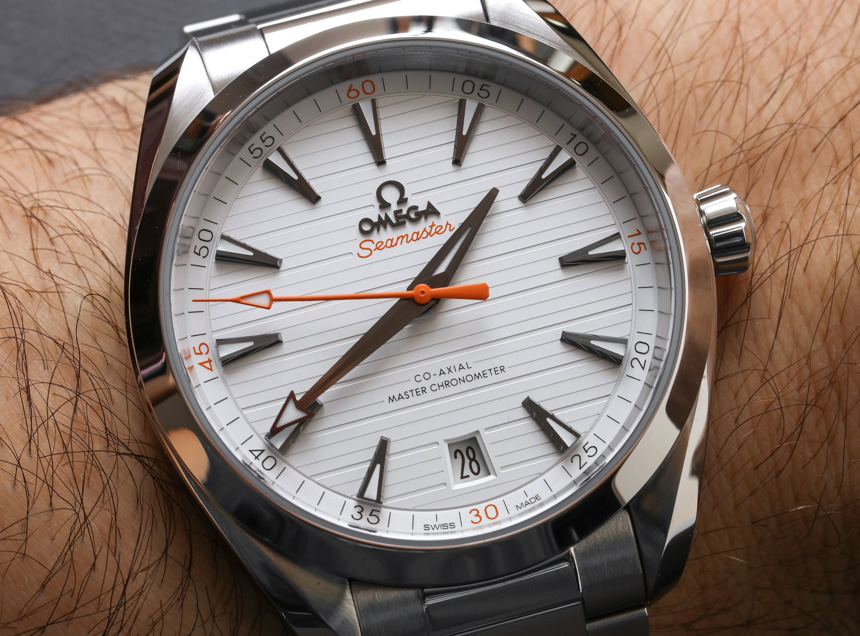
Omega has long since wanted the Aqua Terra to rival some of Rolex’s similar sporty/dressy timepieces ranging from the Milgauss to the Datejust. Today the Aqua Terra is more directly a competitor of the Milgauss – even though Omega is clearly more prolific with its design choices and even has various size options (there are currently 22 versions of this watch on the Omega website). The Seamaster Aqua Terra 150M comes in both 38mm and 41mm wide sizes for men – along with a host of strap, bracelet, material, and dial options. These choices also allow for a sportier and more casual wearing feel, to more conservative, dress-style ranges. I chose to review this 41mm wide Aqua Terra reference 220.10.41.21.02.001 in steel on the matching steel bracelet because I felt as though it was a good mixture between the sportier and dressier sides of the collection.
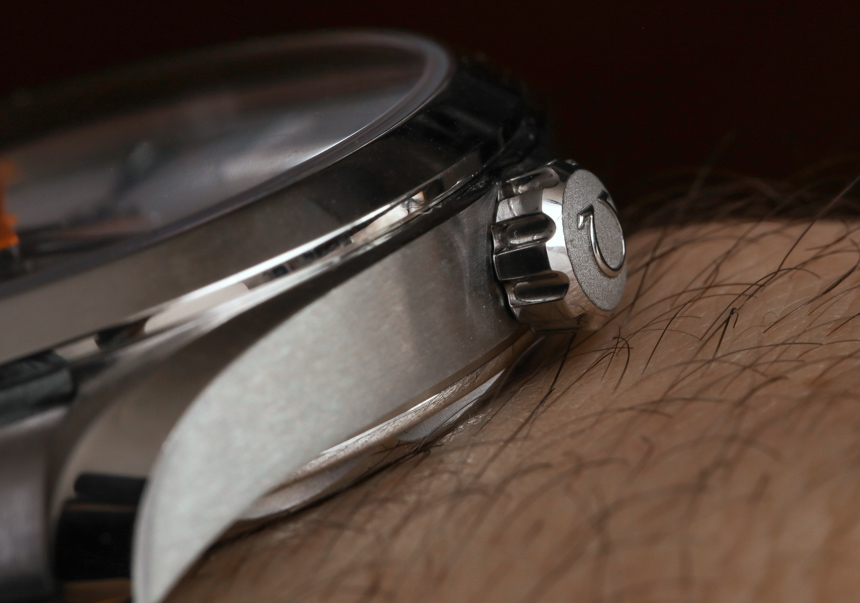
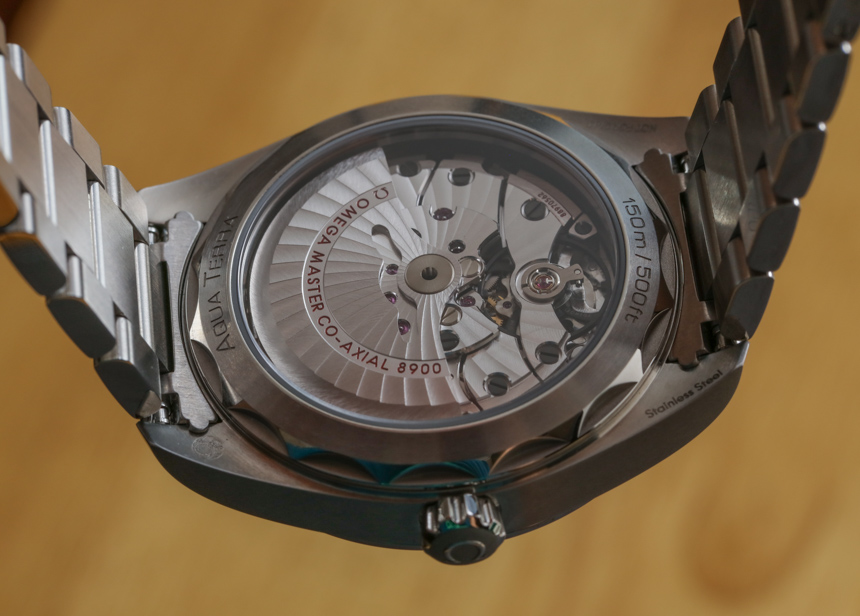
Let’s return to what Omega updated in 2017 with this latest family of Aqua Terra models. It includes mostly aesthetic refinements along with technical upgrades. The most important update is the across-the-board use of METAS-certified Co-Axial Master Chronometer movements. Inside this watch is the in-house developed and produced Omega caliber 8900 Co-Axial Master Chronometer movement. For many people, the biggest upgrade in this movement compared to outgoing ones is high magnetism (15,000 Gauss) resistance.

Omega chose the Aqua Terra collection to debut its anti-magnetic movements back in 2014 with the release of the Omega Seamaster Aqua Terra 15,000 Gauss (aBlogtoWatch review here). Since then Omega has promised that over the next few years it would slowly replace all in-house made movements with those which are METAS-certified. Moving forward, all Omega Seamaster Aqua Terra watches will contain the high performing METAS-certified movements. This is important not only because of the price point of the Aqua Terra models, but also because of the high-volume nature of this production. METAS certification began as a low-volume effort and has since blossomed into a really impressive process located within Omega’s newly opened and expanded movement manufacturing and watch assembly factory (that I recently had the pleasure of visiting) in Biel, Switzerland.
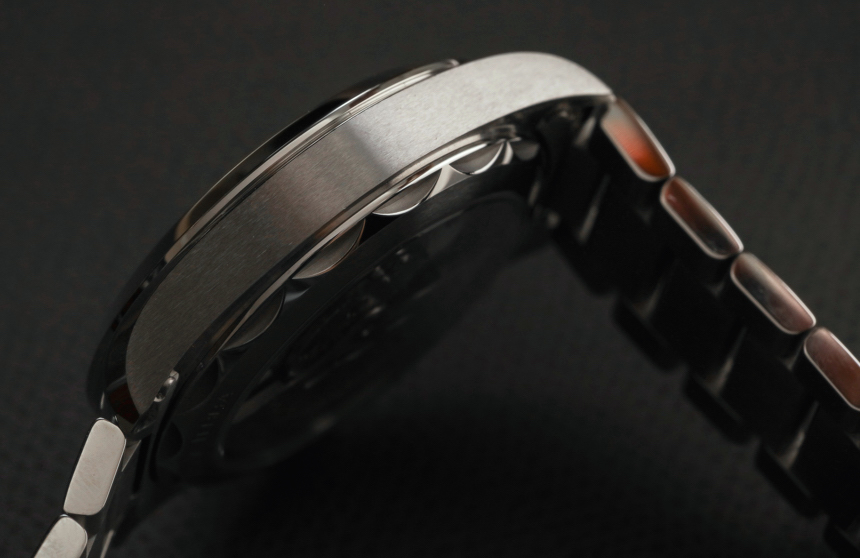
To show the practical utility of METAS-certified movements, I demonstrated the magnetic resistance of these movements to a friend. The movements (either the calibre 8800, 8900, or 8901 depending on the specific Aqua Terra model) can be seen through the sapphire crystal caseback window, which means there is no special magnetic shielding. Rather, the movement simply doesn’t have ferrous metal parts. Going back to my demonstration, I proceeded to take a particularly strong kitchen magnet and placed it on the back of the case (it didn’t even lightly attach). One could see that the movement was operating normally. This certainly wouldn’t have been the case with a more traditional movement that is subject to magnetism.
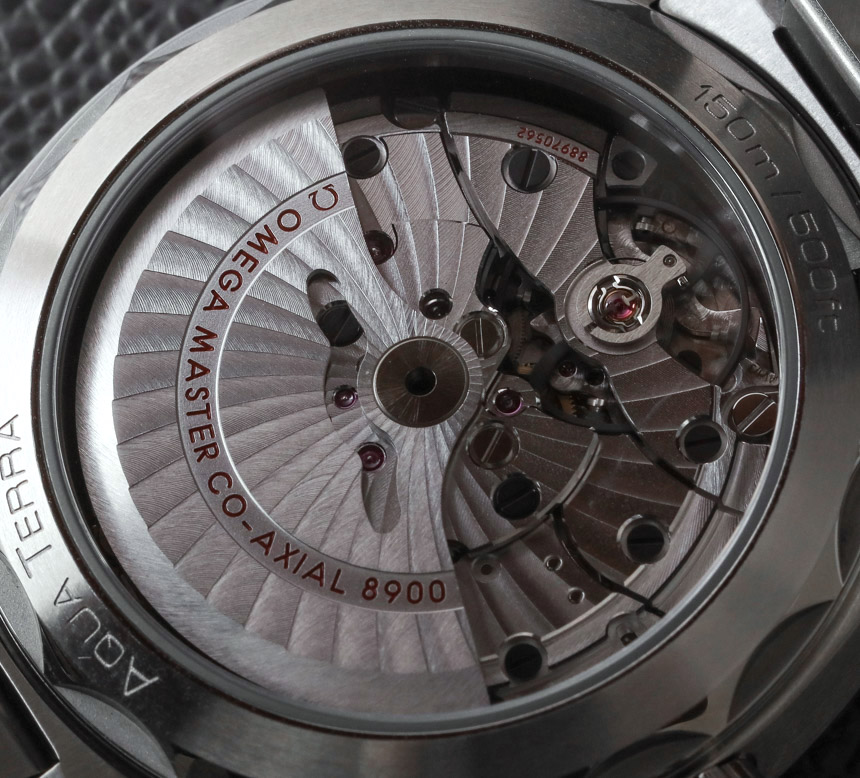
The calibre 8900 automatic movement is simple and very nice to look at in addition to its solid timing performance. The automatic movement operates at 4Hz with 60 hours of power reserve (between two barrels), and of course has an Omega Co-Axial escapement. The movement features some silicon parts such as the balance spring. When the crown is pulled out one stop, you can independently adjust the hour hand, which makes the movement ideal for those who travel frequently. This is also how you adjust the date – though it takes a bit longer than a traditional quick-set date adjustment feature. My favorite thing about Omega’s movements is how they look. I continue to feel that they produce some of the most attractive industrially-made mechanical movements out there.

